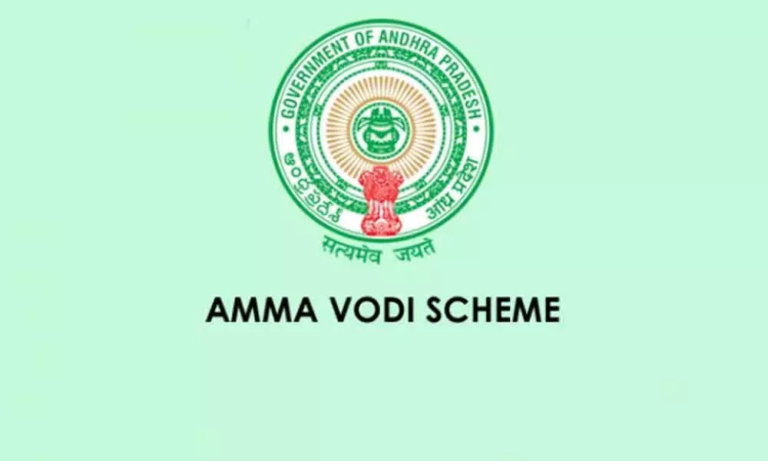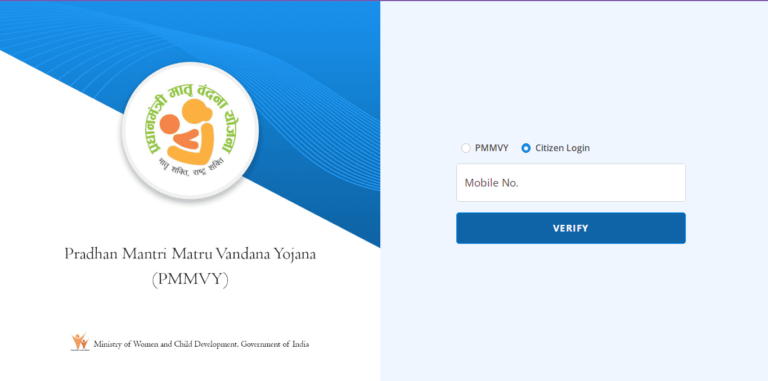At What Pace India needs to Grow to become a Developed Nation by 2047?

India, poised on the cusp of significant economic transformation, has set an ambitious goal for itself: to transition into a developed nation by the year 2047, marking 100 years of independence. The roadmap to achieving this lofty aspiration involves maintaining a robust economic growth trajectory, alongside sustainable and inclusive development strategies. But the question remains: at what pace does India need to grow to realize this vision?
Also Read: Which New Rule Has Made the NPS Accounts More Secure?
Contents
The Critical Growth Rate
The World Bank, a pivotal global financial institution, has shed light on this question. According to Auguste Tano Kouame, the World Bank’s India country director, and Anna Bjerde, Managing Director of Operations at the World Bank, India needs to sustain an annual growth rate of around 8% to become a developed economy by 2047. This rate is considered a benchmark that would enable India to elevate its socio-economic status, reduce poverty significantly, and enhance the quality of life for its vast population.
The Current Economic Landscape
As of the fiscal year 2024, India’s growth forecast stands at 6.3%, as per the World Bank’s India Development Update. Despite being one of the highest among major economies globally, this rate falls short of the necessary 8% threshold. India’s economic resilience, characterized by its ability to withstand global headwinds such as geopolitical tensions and inflation, lays a solid foundation for aspiring towards higher growth. However, achieving and sustaining an 8% growth rate requires concerted efforts across several fronts.
The Role of Private Investment
A crucial driver for achieving this growth is the augmentation of private investment. The World Bank emphasizes that private investment needs to pick up significantly to support the desired economic expansion. While public investment has been instrumental, creating a conducive environment for private investment is paramount. This involves implementing reforms and regulations that facilitate easier access to land, skilled workers, and credit, especially for micro, small, and medium enterprises (MSMEs).
Focus Areas for Sustained Growth
- Renewable Energy: Transitioning to renewable energy sources is not only environmentally sustainable but also economically beneficial in the long run. India’s focus on increasing its renewable energy capacity is a step in the right direction.
- Digital Connectivity and Logistics: Strengthening digital infrastructure and logistics, including efficient railway connectivity, is vital for boosting economic activity and facilitating market access.
- Green Hydrogen Initiatives: Pioneering in green hydrogen to decarbonize heavy industries and manufacturing sectors can place India at the forefront of global sustainable industrial practices.
- Policy Reforms: Implementing policy reforms that attract private investment, coupled with measures to increase savings and investment rates, is essential. India should aim for an investment-to-GDP ratio of 35% and savings to grow to 32% of GDP.
Conclusion
India’s journey to becoming a developed nation by 2047 is ambitious yet achievable with strategic planning and relentless pursuit of economic reforms. Sustaining an 8% annual growth rate is crucial, necessitating a multi-faceted approach that includes boosting private investment, focusing on renewable energy, enhancing digital and physical connectivity, and implementing forward-looking policies. As India strides towards its centenary of independence, the vision of transforming into a developed economy encapsulates not just economic growth, but a sustainable and inclusive future for all its citizens.





